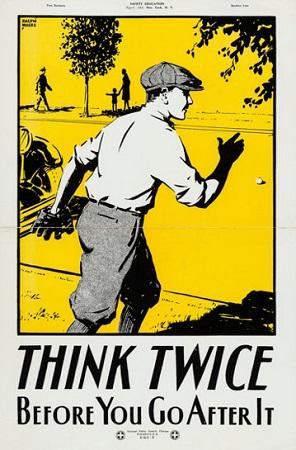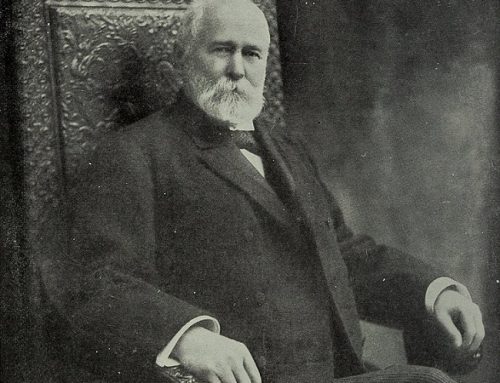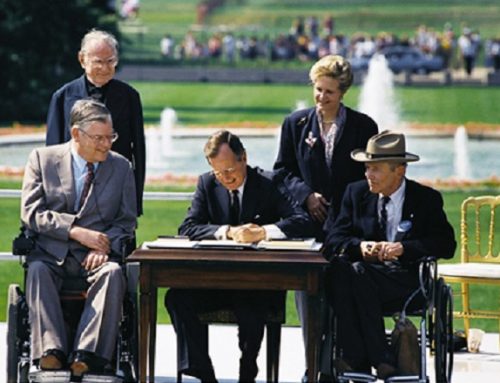The National Safety Council (NSC) is a nonprofit, public service organization advancing health and safety in the United States. Headquartered in Itasca, Illinois, NSC is a member organization, founded in 1913 and granted a congressional charter in 1953. Members include more than 55,000 businesses, labor organizations, schools, public agencies, private groups, and individuals. The group centers on topics where the greatest number of preventable injuries and deaths occur, including workplace safety, prescription medication abuse, teen driving, cell phone use while driving vehicles, and safety in homes and communities. The council also conducts research on injury control, provides statistics to businesses and government agencies, distributes booklets about safety practices, and maintains an online resource for safety information.
In 1912, the first Cooperative Safety Congress was held in Milwaukee, Wisconsin. The event was sponsored by the Association of Iron and Steel Electrical Engineers. Around 200 attendees, representing industry and government, decided to “organize and create a permanent body for the promotion of the safety to human life in the industries of the United States.
At the Second Safety Congress in 1913, the National Council for Industrial Safety was created. It was headquartered in Chicago, Illinois and Robert W. Campbell served as the first president and William H. Cameron served as secretary. In 1914, the name of the organization was changed to National Safety Council, to account for the organization’s expanded scope to include home and traffic safety. As the organization grew, the NSC began producing posters, technical fact sheets, and other publications. In 1953, the U.S. Congress and President Eisenhower recognized the importance of the National Safety Council’s efforts with a Congressional charter to: “…arouse and maintain the interest of the people of the United States… in safety and in accident prevention, and to encourage the adoption and institution of safety methods by all persons, corporations, and other organizations.”










